Mercury Motion specializes in high end micro motors, such as brushless motors, gear motors, stepper motors…etc. With well-trained workers and excellent R&D teams, we have produced 10 million motors. We entered the micro DC motor industry in early 2009. So far, we have more than 1000 series of products. These products are widely used in household appliances and other industries.
Product name
| coreless motor gears
| Keyword
| coreless motor drone,coreless motor size 408,coreless motor speed controller,coreless motor inside,coreless motor sizes,coreless motor gearbox,coreless motor speed control,coreless motor gears
| | Place of Origin | China | Rated
| DC 5V
| Type
| GEAR MOTOR
| Total length
| 78.8-75.2mm, (Contact us for specific information to confirm)
| Applicable Industries
| household appliances, etc.
| Weight
| 7kg
| Product Description
| A gear motor is a type of motor that incorporates gears into its design to achieve a specific speed and torque output. It typically consists of a motor, a gearbox, and a series of gears that work together to control the motor's speed and power.
| Life span
| 16 years (Contact us for specific information to confirm)
| Advantage
| We keep good quality and competitive price to ensure our customers benefit
| Packing
| 115x123x77mm(Contact us for specific information to confirm)
| Sales country
| All over the world for example:Guernsey,Russia,United Kingdom,Juan de Nova Island,Madagascar,Indonesia
| Certification
| ISO9001
| color
| black/grey
| MOQ
| 34pcs(Contact us for specific information to confirm)
|
Please contact us for details about Precision Motors
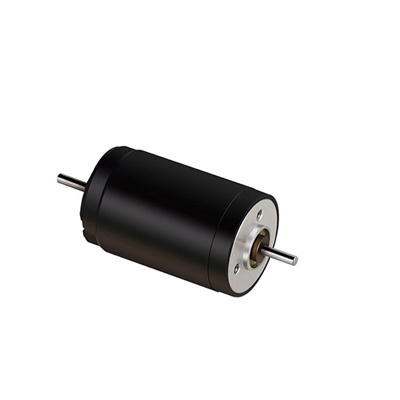
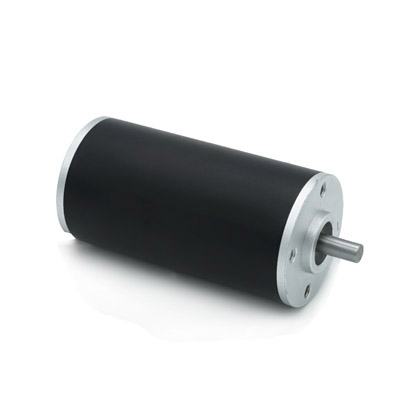
For more information about GM Planetary Gear Motors, please contact us. 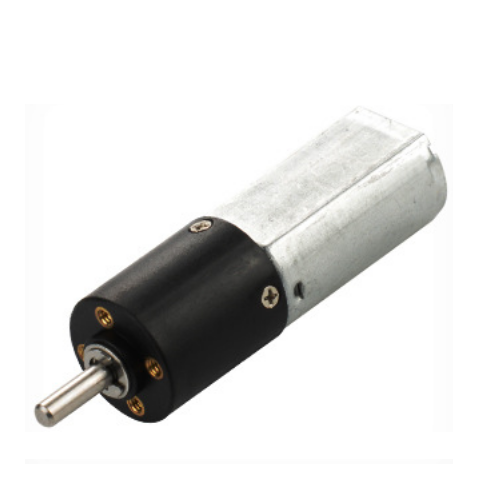
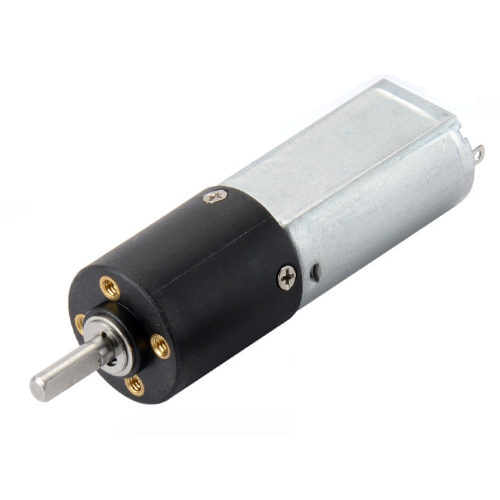
Please contact us for details about Spur Gear Motors 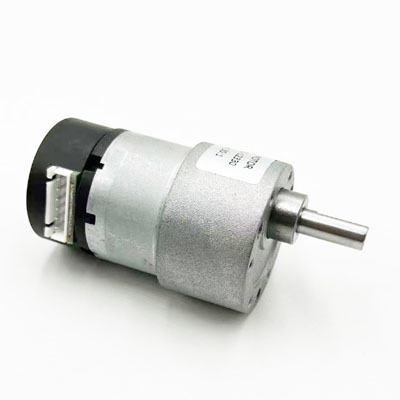
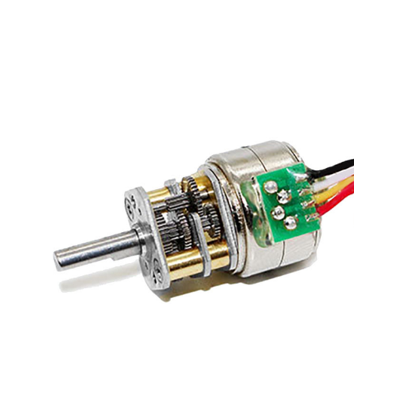
coreless motor gears services FAQs Guide
Are you looking for a quick review guide about coreless motor gearsservices?
An ultimate FAQ buying guide is available to help you.This guide contains all the information about all the important facts, figures, and various processes regarding coreless motor gears services.
Let’s continue!
1.What are the differences between helical, spur, and planetary gear motors?
2.What are the advantages of a gear motor?
3.Can gear motors be used in high-speed applications?
4.What are the differences between AC and DC gear motors?
5.What industries commonly use gear motors?
6.How does a gear motor compare to other types of motors?
7.What is the maximum torque that a gear motor can produce?
8.How does a gear motor improve efficiency?
9.Do gear motors require regular maintenance?
10.Can a gear motor be customized for specific applications? 1.What are the differences between helical, spur, and planetary gear motors? We are committed to providing personalized solutions and established long -term strategic cooperative relationships with customers.
Helical, spur, and planetary gear motors are all types of gear motors used for power transmission and motion control. They differ in their design, construction, and application.
1. Helical Gear Motors:
- Helical gear motors have helical gears that are cut at an angle to the axis of rotation.
- The teeth of the gears are curved, which allows for smoother and quieter operation compared to other types of gear motors.
- They have a higher load-carrying capacity and can transmit more torque than spur gear motors.
- Helical gear motors are commonly used in heavy-duty applications such as industrial machinery, construction equipment, and vehicles.
2. Spur Gear Motors:
- Spur gear motors have straight-cut gears that are mounted on parallel shafts.
- The teeth of the gears are straight and mesh directly with each other, resulting in a simple and efficient design.
- They are compact, lightweight, and cost-effective, making them suitable for a wide range of applications.
- However, they are not as efficient as helical gear motors and produce more noise and vibration.
3. Planetary Gear Motors:
- Planetary gear motors have a central gear (sun gear) that meshes with multiple smaller gears (planet gears) arranged around it.
- The planet gears rotate on their own axes and also revolve around the sun gear, resulting in a compact and efficient design.
- They have a high gear ratio and can transmit a large amount of torque in a small package.
- Planetary gear motors are commonly used in precision applications such as robotics, medical equipment, and aerospace.
In summary, the main differences between helical, spur, and planetary gear motors are their gear design, load-carrying capacity, efficiency, and application. Helical gear motors are best suited for heavy-duty applications, spur gear motors are suitable for general-purpose use, and planetary gear motors are ideal for precision applications. 2.What are the advantages of a gear motor? We have a good reputation and image in the industry. The quality and price advantage of coreless motor gears products is an important factor in our hard overseas market.
1. High torque: Gear motors are designed to provide high torque output, making them suitable for heavy-duty applications.
2. Compact size: Gear motors are compact in size, which makes them ideal for use in tight spaces where a larger motor may not fit.
3. Efficiency: Gear motors are highly efficient, with most models having an efficiency rate of over 90%. This means that they can convert a high percentage of electrical energy into mechanical energy.
4. Versatility: Gear motors can be used in a wide range of applications, including industrial machinery, automotive systems, and household appliances.
5. Speed control: Gear motors can be easily controlled to achieve different speeds, making them suitable for applications that require precise speed control.
6. Durability: Gear motors are designed to be durable and long-lasting, with most models having a lifespan of over 10,000 hours.
7. Low maintenance: Due to their simple design and fewer moving parts, gear motors require less maintenance compared to other types of motors.
8. Cost-effective: Gear motors are relatively inexpensive compared to other types of motors, making them a cost-effective option for many applications.
9. Quiet operation: Gear motors operate quietly, making them suitable for use in noise-sensitive environments.
10. Easy installation: Gear motors are easy to install and can be mounted in various orientations, making them suitable for a wide range of applications. 3.Can gear motors be used in high-speed applications? We are a new coreless motor gears manufacturer.
Yes, gear motors can be used in high-speed applications. However, the speed of the motor will depend on the gear ratio and the motor's maximum speed. It is important to select a gear motor with a suitable gear ratio and maximum speed for the specific high-speed application. Additionally, the motor should be properly lubricated and maintained to ensure optimal performance at high speeds. 4.What are the differences between AC and DC gear motors? We maintain a certain amount of R&D investment every year and continuously improve operational efficiency to provide better services to our cooperative customers.
1. Power Source: The main difference between AC and DC gear motors is their power source. AC gear motors are powered by alternating current, while DC gear motors are powered by direct current.
2. Voltage: AC gear motors typically operate at higher voltages (usually 110-240V), while DC gear motors operate at lower voltages (usually 12-24V).
3. Speed Control: AC gear motors have a fixed speed, which is determined by the frequency of the AC power supply. On the other hand, DC gear motors have variable speed control, allowing for more precise speed adjustments.
4. Direction of Rotation: AC gear motors can rotate in both clockwise and counterclockwise directions, while DC gear motors can only rotate in one direction unless a reversing switch is added.
5. Efficiency: DC gear motors are generally more efficient than AC gear motors, as they do not require a transformer to convert the power source.
6. Size and Weight: AC gear motors are typically larger and heavier than DC gear motors, as they require additional components such as a transformer and capacitor.
7. Cost: AC gear motors are generally more expensive than DC gear motors due to their more complex design and higher voltage requirements.
8. Maintenance: DC gear motors require less maintenance compared to AC gear motors, as they have fewer moving parts and do not require a transformer.
5.What industries commonly use gear motors? We should enjoy a good reputation in the industry, and we can increase the added value of the products of cooperative customers through technological innovation.
1. Automotive industry: Gear motors are used in various automotive applications such as power windows, windshield wipers, power seats, and power steering systems.
2. Robotics industry: Gear motors are commonly used in robotic arms, grippers, and other robotic systems for precise and controlled movement.
3. Industrial machinery: Gear motors are used in various industrial machinery such as conveyor systems, packaging machines, and assembly line equipment.
4. Aerospace industry: Gear motors are used in aircraft systems such as landing gear, flaps, and engine controls.
5. Medical equipment industry: Gear motors are used in medical equipment such as hospital beds, surgical robots, and diagnostic machines.
6. Agriculture industry: Gear motors are used in agricultural equipment such as tractors, harvesters, and irrigation systems.
7. Material handling industry: Gear motors are used in forklifts, cranes, and other material handling equipment for lifting and moving heavy loads.
8. Marine industry: Gear motors are used in marine applications such as boat propulsion systems, steering systems, and winches.
9. HVAC industry: Gear motors are used in heating, ventilation, and air conditioning systems for controlling air flow and temperature.
10. Consumer electronics industry: Gear motors are used in various consumer electronics such as cameras, printers, and home appliances for precise movement and control. 6.How does a gear motor compare to other types of motors? We focus on innovation and continuous improvement to maintain a competitive advantage.
A gear motor is a type of motor that combines a motor and a gearbox into one unit. This allows for increased torque and reduced speed, making it suitable for applications that require high torque and low speed, such as in industrial machinery, robotics, and automotive systems.
Compared to other types of motors, such as DC motors, AC motors, and stepper motors, gear motors have the following advantages:
1. High torque: Gear motors have a higher torque output compared to other types of motors, making them suitable for heavy-duty applications.
2. Precise speed control: The gearbox in a gear motor allows for precise speed control, making it ideal for applications that require a specific speed.
3. Compact size: Gear motors are compact in size, making them suitable for applications where space is limited.
4. Low maintenance: The gearbox in a gear motor helps to reduce wear and tear on the motor, resulting in lower maintenance requirements.
5. Cost-effective: Gear motors are generally more cost-effective compared to other types of motors, making them a popular choice for many applications.
7.What is the maximum torque that a gear motor can produce? We focus on teamwork and communication to achieve common goals, We attach great importance to this detail.
The maximum torque that a gear motor can produce depends on various factors such as the size and type of the motor, the gear ratio, and the power source. Generally, gear motors can produce torque ranging from a few ounce-inches to several thousand pound-inches. Some high-performance gear motors can produce torque up to 10,000 lb-in or more. 8.How does a gear motor improve efficiency? We adhere to the principle of quality first and have a complete production quality management system and quality inspection process.
1. Compact Design: Gear motors have a compact design, which allows them to be more efficient in terms of space utilization. This means that they can be used in smaller spaces and still provide the same level of power and torque as larger motors.
2. Increased Torque: Gear motors use gears to increase the torque output, which means that they can provide more power with less energy input. This makes them more efficient than other types of motors that do not use gears.
3. Reduced Friction: The use of gears in gear motors helps to reduce friction between moving parts, which in turn reduces energy loss and improves efficiency.
4. Lower Energy Consumption: Due to their increased torque and reduced friction, gear motors require less energy to operate, making them more energy-efficient.
5. Precise Speed Control: Gear motors have precise speed control capabilities, which means that they can maintain a constant speed even under varying loads. This helps to reduce energy consumption and improve efficiency.
6. Durability: Gear motors are designed to be durable and have a longer lifespan compared to other types of motors. This means that they require less maintenance and replacement, making them more efficient in the long run.
7. Versatility: Gear motors can be used in a wide range of applications, from industrial machinery to household appliances. This versatility makes them a more efficient choice as they can be used in various settings and perform different tasks.
8. Cost-Effective: Due to their compact design, increased torque, and reduced energy consumption, gear motors can be a cost-effective option in the long run. They may have a higher upfront cost, but their efficiency can result in significant cost savings over time. 9.Do gear motors require regular maintenance? We operate our coreless motor gears business with integrity and honesty.
Yes, gear motors do require regular maintenance to ensure optimal performance and longevity. This may include cleaning, lubrication, and inspection of the gears, bearings, and other components. The frequency and type of maintenance will depend on the specific type and usage of the gear motor. It is important to follow the manufacturer's recommended maintenance schedule to prevent potential breakdowns and costly repairs. 10.Can a gear motor be customized for specific applications? As one of the top coreless motor gears manufacturers in China, we take this very seriously.
Yes, gear motors can be customized for specific applications. This can include modifications to the gear ratio, torque output, speed, mounting options, and other features to meet the specific requirements of the application. Customization may also involve the use of different materials, coatings, or seals to make the gear motor suitable for specific environments or operating conditions. Some manufacturers offer custom design and engineering services to help customers develop gear motors that are tailored to their specific needs.
|


